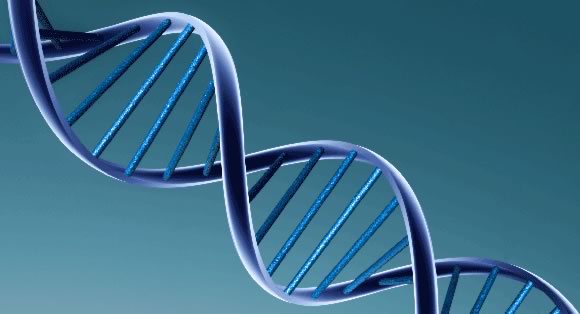The researchers in Erasmus University Medical Centre researchers in Netherlands are pioneering a method to estimate the age of the person just by a drop of a blood. This is a break through for Crime Investigators to determine unknown offender’s age & also in personalised medicine.
According to Prof. Manfred Kayser, professor of Forensic Molecular Biology at Erasmus University Medical Centre: “We used the observation that certain DNA molecules in some blood cells decrease with age. Based on this, we developed a reliable and sensitive, but simple, test enabling prediction of the age category of the person from whom the blood droplet originated. We are now trying to make the age determination using a drop of blood more accurate.”
In general practice of determine the age of an unknown person would need, bones or teeth. But with this new method you only need a drop of blood DNA. The reserach shows just by obtaining between 5 and 50 nanograms of DNA to determine person’s age to within 20 years. This DNA test produce optimum results for blood samples up to 18 months old & there are high possiblity of accuracy of the results beyond that.

As published in journal ‘Current Biology’ the science behind this method is the properties of sjTREC molecules, which are residues of our immune system. sjTREC molecules are released into blood as result of the adaptations that have to be made by newly formed specific immune cells, the T cells, to recognize viruses, parasites, bacteria or cancer cells. The number of these sjTREC molecules in the blood decreases with age. By counting & evaluting the sjTREC molecules in blood samples make it possible to determine persons age.
Accroding Prof. Ate Kloosterman, of the Human Biological Traces department of the NFI (Netherlands Forensic Institute): “An important challenge within our field is to obtain as much relevant information as possible from biological traces that can be significant in forensic investigation and identification. This creative scientific study once again shows that the Netherlands is leading in the development and application of new methods in forensic DNA research.”
Information Sources: Erasmus University Medical Centre (www.erasmusmc.nl), Current Biology (Current Biology)

A great breakthrough but at the same time totally ridiculous.
If you need to separate two samples and one gives an age of 4O
years the other 2O then you can be reasonably certain of the identity if each.
But if one gives 18 the other 22 then it is completely useless unreliable even if the error factor is 5 years not 2O.
Unless the victim is a very old man or woman and the perpetrator a youth as is usually the case then this DNA determination is next to useless.
No doubt there will be cases when an error rate of 5 or even 2O years is acceptable as the Boston strangler and Jack the Ripper were middle aged about 4O or so and their victims about 2O.
It would also be neat to find the age of King Tut or Ötzi’s murderers.